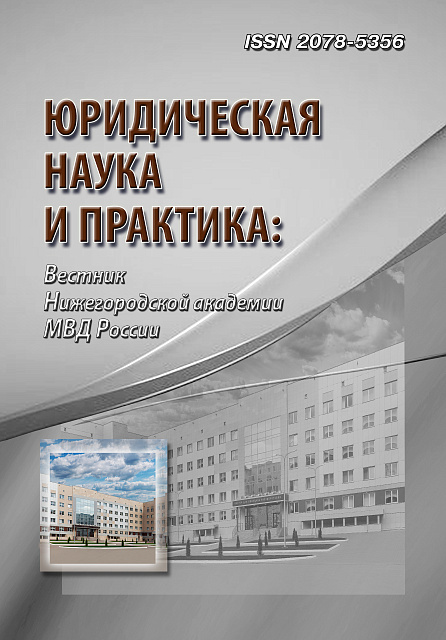This article examines the use of the criminal element of the Internet and digital devices in criminal activities. The active use of information and telecommunication networks and digital devices in the commission of crimes in the field of illicit trafficking in medicines containing narcotic drugs, psychotropic and potent substances is emphasized. The concept of a digital footprint is given and its abandonment is indicated when a person uses digital devices and the Internet. The main advantages that the criminal world receives over the law enforcement system, with the active use of digitalization in the commission of crimes, are considered. It is pointed out the need for mandatory detection, fixation and analysis of digital traces in law enforcement activities, in order to identify the identity of the alleged offender and in order to establish the involvement of a person in the commission of a crime. Examples of the capabilities of law enforcement agencies in collecting a digital footprint in order to identify a person and establish involvement in a crime are given. The article summarizes the need to intensify the activities of law enforcement agencies related to the detection, fixation, consolidation and analysis of the digital footprint in order to fully and comprehensively document criminal acts and investigate criminal cases in the field of illicit trafficking in medicines containing narcotic drugs, psychotropic, potent substances.
medications containing controlled substances, the network is the “Internet”, digital devices, digital footprint
1. Bertovsky L. V., Sembekova B. R. High-tech crimes as a threat to national security // Novels of substantive and procedural law: materials of the All-Russian. (national) scientific and practical conference (May-October 2020, Krasnoyarsk). Krasnoyarsk: Krasnoyar. state Agrarian University. Univ., 2020. pp. 127–130. (In Russ.)
2. Brief description of the state of crime in the Russian Federation in January – December 2023. URL: https://mvd.rf.ports/item/47055751 / (accessed 25.04.2024). (In Russ.)
3. Rostovtsev A. V. Features of forensic research of “Digital traces”. Academic thought, 2019, no. 3 (8). (In Russ.)
4. Menyailo D. V., Malykhina E. A. Digital traces in the field of illicit drug trafficking. Problems of law enforcement, 2022, no. 4, pp. 29–32. (In Russ.)
5. Zemtsova S. I. Contactless sale of narcotic drugs using online stores: topical issues. Drug control, 2019, no. 3, pp. 17–22. (In Russ.)
6. Collection of articles on the activities of forensic units of investigative bodies of the Investigative Committee of the Russian Federation. Investigative Committee of the Russian Federation. Moscow: 2018. 240 p. (In Russ.)
7. The Great Russian Encyclopedia. URL: https://bigenc.ru/c/metadannye-0b2c68 (accessed 12.12.2023). (In Russ.)
8. Scheer K. Research Identity and Online Identity: a Tracking strategy — Research and Comparative Research. Journal of Informatics, 2019. (In Russ.)












